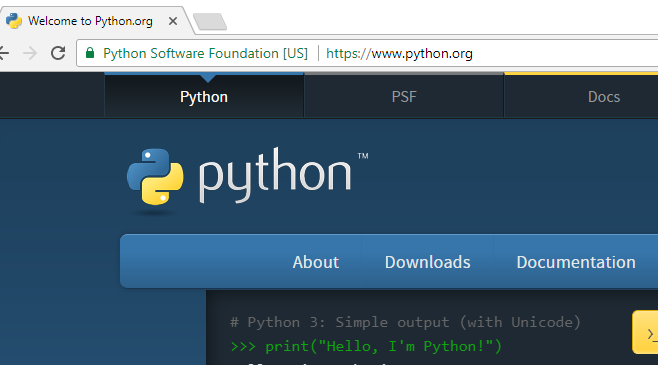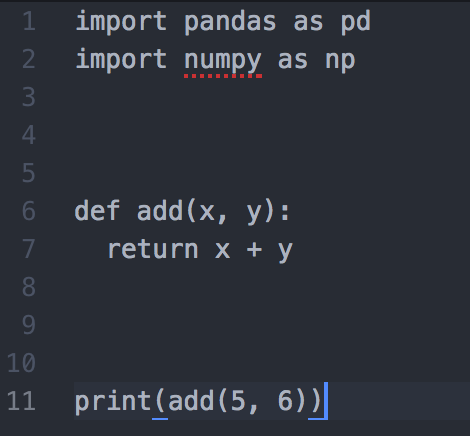


Resets the execution environment to the initial state, but keeps history. Switches the current scope to the specified module name. Loads commands from file and executes until complete.
#Python text editor windows code
Inserts a comment, which is helpful to comment code throughout your session.Ĭlears the contents of the editor window, leaving history and execution context intact.ĭisplay a list of commands, or help on a specific command. When you press Enter on a blank line, the Interactive window closes the block and runs it in the interpreter. indicating that you need to enter additional lines for the block, as shown on the fourth and fifth lines in the graphic above. In these cases, the line prompt changes to. The exception is when additional lines of code are needed to make a complete statement, such as when a for statement ends in a colon as shown above. The Interactive window executes each line as you enter it, which includes importing modules, defining variables, and so on:

Once the Interactive window is open, you can start entering code line-by-line at the > prompt.
#Python text editor windows windows
You can control various aspects of the Interactive window through Tools > Options > Python > Interactive Windows (see Options): Third, you can open an Interactive window on the startup file in your project, or for a stand-alone file, by selecting the Debug > Execute in Python Interactive menu command ( Shift+ Alt+ F5):įinally, you can select code in file and use the Send to Interactive command described below. Second, near the bottom of the View > Other Windows menu, there's a Python Interactive Window command for your default environment, as well as a command to switch to the Environments window: There are several ways to open the Interactive window for an environment.įirst, switch to the Python Environments window ( View > Other Windows > Python Environments or Ctrl+ K > Ctrl+ `) and select the Open Interactive Window command or button for a chosen environment. For details on IPython modes, see Use the IPython REPL.įor a detailed walkthrough with examples, including the interactions with the editor such as Ctrl+ Enter, see Tutorial Step 3: Use the Interactive REPL window. This article describes the Standard and Debug REPL modes. Visual Studio has a number of Python REPL modes to choose from: REPLĭefault REPL, talks to debugged Python process This way of coding helps you learn and experiment with APIs and libraries, and to interactively develop working code to include in your projects. The Interactive window (opened with the View > Other Windows > Interactive menu commands) lets you enter arbitrary Python code and see immediate results. Visual Studio provides an interactive read-evaluate-print loop (REPL) window for each of your Python environments, which improves upon the REPL you get with python.exe on the command line.


 0 kommentar(er)
0 kommentar(er)
